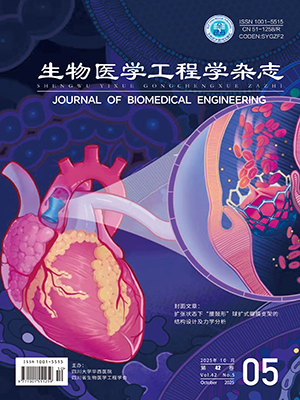The hydrodynamic behavior of the perfusion process (cleaning) of the liver endovascular before the operation was studied to provide a theoretical guidance to the relative operations. A straight and a curved first-class vascular entity model with foreign matter and the control equations of turbulence liquid in vessel was established. With the physical parameters of a medical infusion liquid measured, an estimation method of perfusion parameters as an example, the perfusion velocity was proposed. The simulation was performed by changing technical parameters of the perfusion. Based on the control equations of turbulent liquid in vessel and the preliminarily calculated results using the vessel model, the results fitted the values of the real operation. The simulation results showed clearly the fluid dynamics behavior around the foreign matter, for example the swirling flow. The results also showed the distribution of velocity of the fluid and the wall pressure of the vessels. With the increasing velocity of the entrance perfusion, the pressure and the velocity field were increased in the two types of the vessel model. The negative wall pressure and recirculation region appeared and located in the foreign matter. Because of influence of the shape, the fluid dynamics behavior in the curved vessel model was more complicated than that in the straight vessel model. The swirling flow and the phenomenon of stagnation of the perfusion fluid were more likely to appear in the curved vessel than in the straight vessel. The most important conclusion of this paper is that the appropriate perfusion velocity can be esti-mated using the methods proposed in this paper.
Citation: LIUJun, FANYong, LIUYihe. Preliminary Studies on the Hydrodynamic Behaviors and Mechanisms of Hepatic Vessel Perfusion Using Simple Vessel Models. Journal of Biomedical Engineering, 2016, 33(2): 260-267. doi: 10.7507/1001-5515.20160045 Copy
Copyright © the editorial department of Journal of Biomedical Engineering of West China Medical Publisher. All rights reserved




